|
Shalom y’all and welcome to this edition of Better Know a Jewish Holiday: Tu B’shevat, the fightin’ New Year of the Trees! This is the day when the Jews stand up and get all: The name of the holiday comes from its date on the Jewish Calendar. It’s celebrated on the 15th day of the month of Shevat and dates in the calendar are signified using letters that correspond with numbers. In this case, “tet” - 9 combines with “vav” - 6 to make the 15 that marks the day. Like many Jewish holidays, Tu B’shevat has its roots in the annual agricultural cycle that governed the lives of the early Jews. In America, Tu B’shevat is celebrated during the winter, but it’s timing is meant to coincide with the first blossoming of spring plants in Israel. It’s a sign that winter is drawing to a close and life is once again returning. To celebrate Tu B’shevat, we have a special kind of feast called a “seder.” Seders are more commonly associated with Passover and the word means “order” because there’s a specific order to the meal. The tradition for the Tu B’Shevat seder comes from the 16th century Jewish mystics who practiced Kabbalah. Unlike Madonna, Britney Spears, et. al., these mystics were very serious about their Judaism and saw great mystical power in the connection between humans and the world around them. The seder was developed to celebrate those connections and to encourage the eating of seven species of food commonly associated with the Land of Israel. The seven species are: wheat, barley, grapes, figs, pomegranates, olives, and dates, all of which figure into the seder. In Jewish tradition, if you’re eating a food for the first time in more than a year, you say a special prayer called the Shehechiyanu to commemorate the occasion. Throughout the seder, we say this prayer thanking G-d for “giving us life, sustaining us, and enabling us to reach this season.” There aren’t a ton of other traditions associated with this holiday, so i’ll end with the telling of a story illustrating the importance of family, community, and care for the environment in Jewish tradition. This story comes from the Talmud and centers around a man named Honi the Circle Maker (if you’re interested in learning how he got his name, you can watch this cool video from G-dcast). So Honi was walkin along a path one day when he came across a man planting a carob tree. Honi was a bit confused by this and was all like. He then asked the man how long it would take for the tree to bear fruit, and the dude was all... The man replied that it would take 70 years, so Honi asked if the man thought he would still be alive in 70 years to eat the fruit of the tree. The man responded that when he came into the world he enjoyed the fruit of the carob trees planted by those in the generations before him. Knowing that he would never taste the fruit of this particular tree, he was nonetheless doing his work to ensure that there would be carob trees for his progeny and their community. Honi proceeded to go all Rip Van Winkle and fall asleep for 70 years. When he awoke, he saw he had a long white beard and that he was underneath a fully-grown carob tree. He saw a man picking carobs from the tree and asked if he was the same person who had planted it. The man responded that he was, in fact, that man’s grandson and that he was enjoying the fruits of his grandpa’s labor. At a time when we face ever-mounting environmental issues, it is important to remember that we have a responsibility to pass on a healthy earth full of carob trees and goodness to our grandchildren. Hope you enjoyed and that you have a great Tu B’Shevat!
Ben
0 Comments
|
About the JewThe Jew is an Uber driving, Bar Mitzvah DJing, yoga teaching ex-journalist from Ann Arbor, Michigan who attends rabbi School in NYC. Archives
October 2018
Categories |
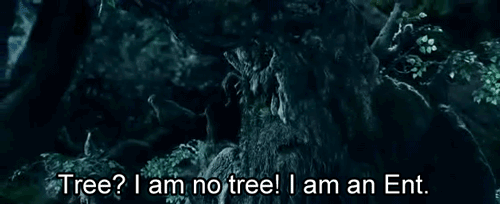
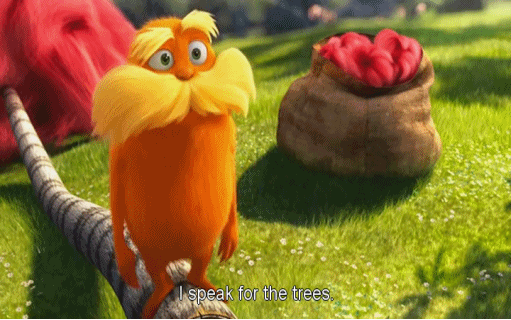
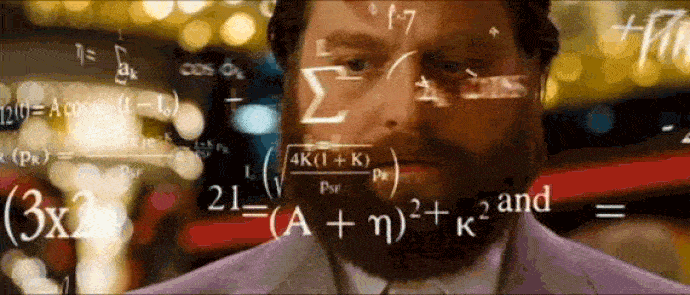
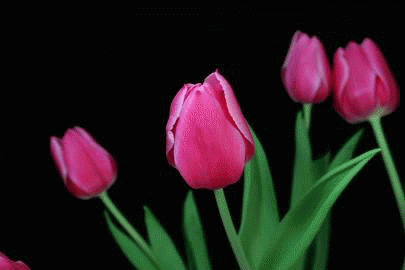

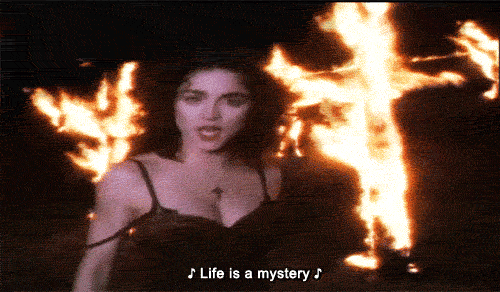
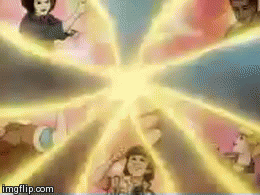




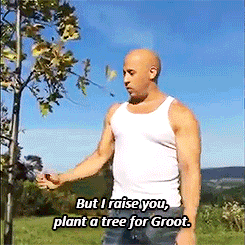
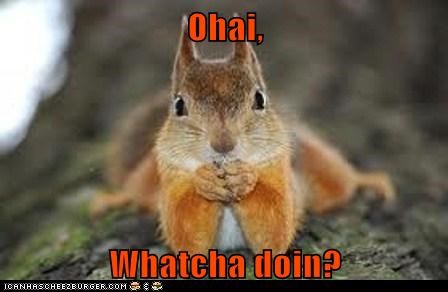






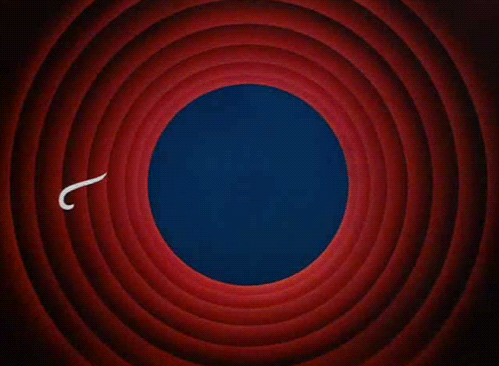
 RSS Feed
RSS Feed
